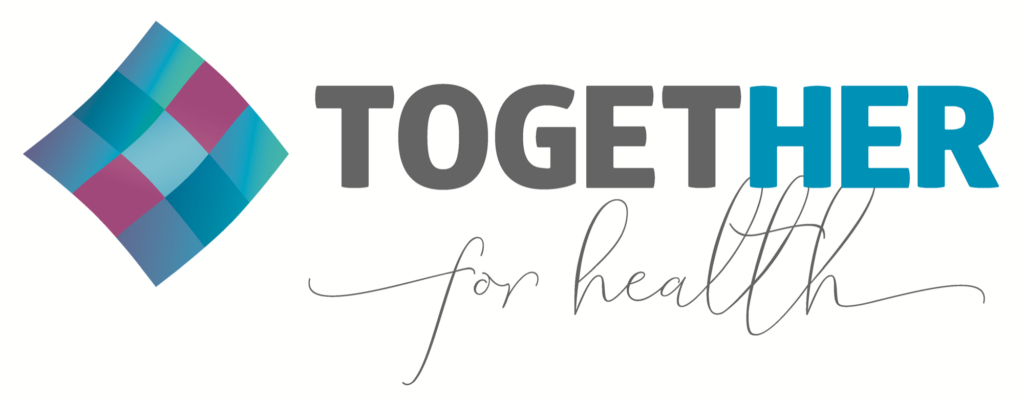One Year Toward Cervical Cancer Elimination
In 2020 alone – one year – over 600,00 women were diagnosed with cervical cancer, and almost 342,000 women died of the disease.
Cervical cancer has been undermining the health and lives of women and tragically disrupting families and entire communities for the entirety of human history. In that context, one year can seem like a tiny star in a vast night sky.
Just as you often can’t get a sense of a star’s size or gravity with the naked eye, you can’t always measure a year’s significance in isolation. Recent decades have witnessed the introduction of critical advances in cervical cancer prevention – improved screening and treatment strategies and the introduction of vaccines that prevent infection from the strains of human papillomavirus (HPV) linked to the growth of cervical precancer. Consider these years of discovery a constellation, collectively brightening a corner of that dark night sky – and giving us a sense of place and direction.
One year ago today, the World Health Organization (WHO) introduced its strategy to accelerate the end of cervical cancer – the first-ever plan to globally eliminate any cancer, built on the knowledge of what works earned through years of research, learning and innovation. This strategy sets clear, specific 10-year targets (e.g., ‘90-70-90 targets’) for scaling up three low-cost, effective cervical cancer prevention interventions:
- Vaccinating 90% of girls against human papillomavirus (HPV) by 15 years of age;
- Screening 70% of women at ages 35 and 45 for precancerous cervical lesions; and
- Ensuring that 90% of those women in need receive treatment for cervical disease.
The anniversary of the WHO strategy is being commemorated in a number of venues, including an event hosted by WHO, and the premiere of the exciting documentary from Conquering Cancer. For details on those events, check out their websites.
For our part, TogetHER is launching our third annual report on funding for cervical cancer prevention in low-income countries (LICs) and lower middle-income countries (LMICs). These annual estimates provide a snapshot of critical resources to fund the cervical cancer elimination agenda, spotlighting the groups making essential contributions to the global fight while also underscoring the significant gap between what is available and what is needed.
Despite a year of uncertainty driven by COVID-19, funding for cervical cancer prevention in LICs/LMICs appears to have held steady last year. A slight increase for HPV vaccination programs ($73.7 million in 2020, up from $67.8 million in 2019) driven by sustained investments in Gavi programs was contrasted with a marked-but-anticipated decrease in funding for cervical cancer screening and treatment ($43.4 in 2020, down from $54.6 million in 2019). Read the complete report here.
This analysis can also serve as an accountability mechanism. Unfortunately, at the current funding pace the world is far off the pace necessary to meet the WHO’s projected $10.5 billion needed to fund the elimination agenda between 2019 and 2030. It’s simply too little.
For millions of women, however, it doesn’t have to be too late. Our new report shows that the time to scale up investments to end this disease is now. The time to modernize cervical cancer prevention – in part through increased emphasis on HPV testing – is now. The time for countries like the United States to bolster their leadership role in cervical cancer elimination and inspire their global peers to add their political and financial resources to the fight is now.
Let’s look back on this first year of the WHO strategy as a guiding star in our collective sky – one that leads us over the horizon into the dawn of a world in which women will never again fear cervical cancer.
“Alberton South Of Johannesburg” by Paul Saad is licensed under CC BY-NC-ND 2.0
